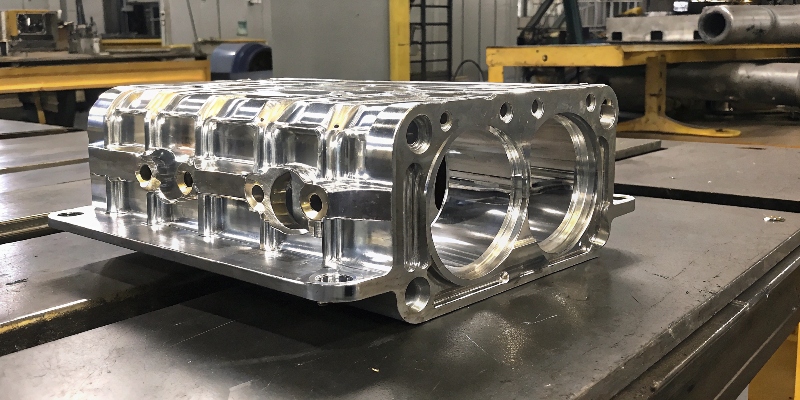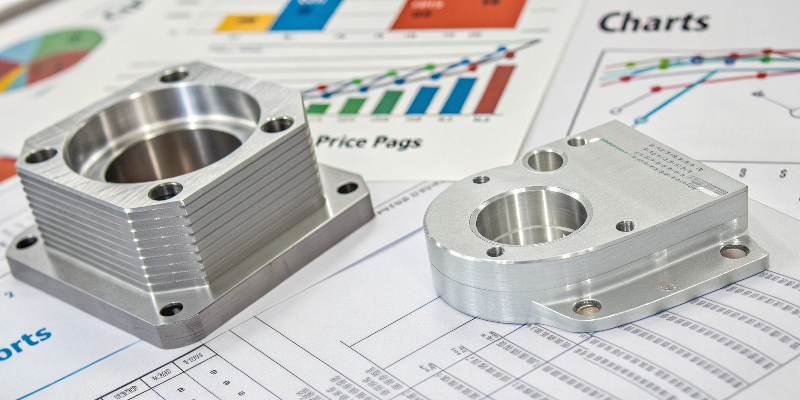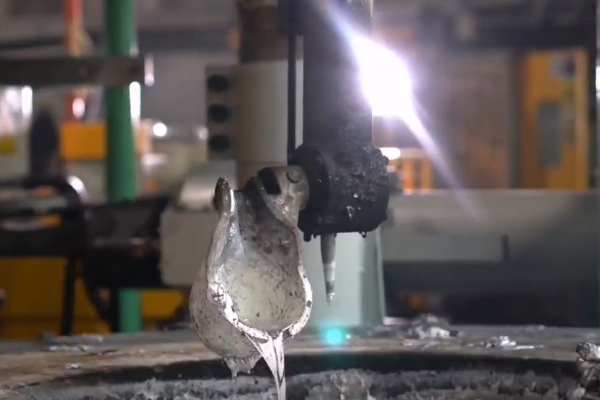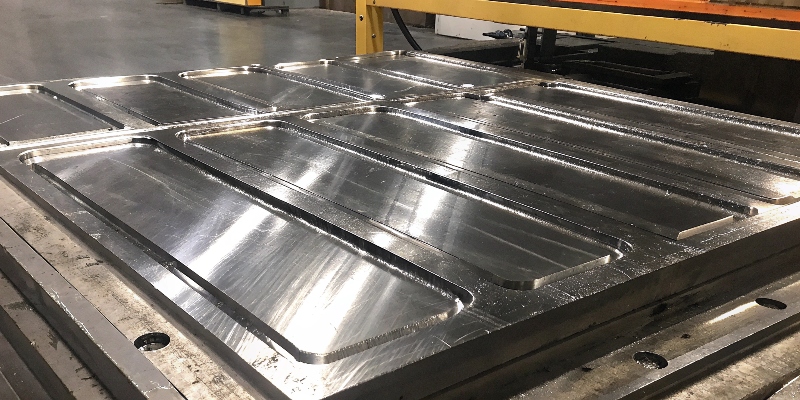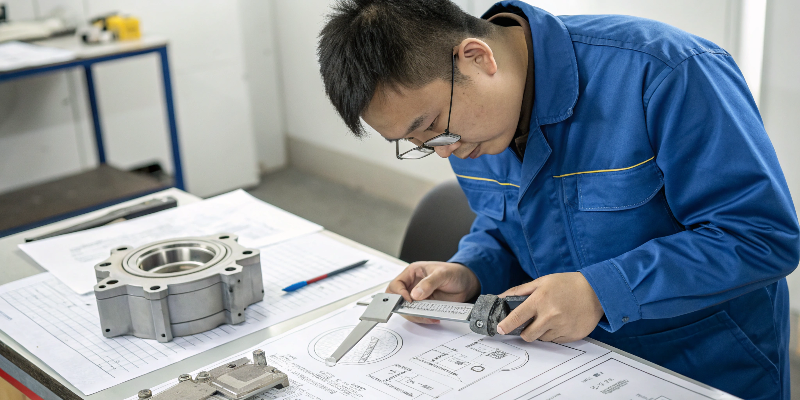What Makes AlSi10MgFe Alloy Ideal for Your Automotive Components?
Your components need to be stronger and lighter, but standard alloys can’t meet the specs. This puts your project timeline and budget at risk of failure. AlSi10MgFe is a versatile aluminum alloy known for its excellent castability, good mechanical strength, and corrosion resistance. Its specific composition, particularly the balance of silicon, magnesium, and controlled iron, […]


